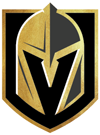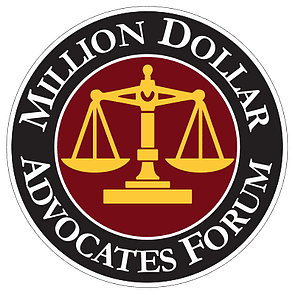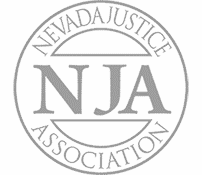START YOUR FREE CONSULTATION
NO FEES UNLESS WE WIN!
Overcoming the open and obvious doctrine may be a challenge for personal injury accident victims. The open and obvious doctrine shields defendants from liability for some kinds of accidents if the plaintiff ignores or fails to notice an obvious danger. However, with the right facts, evidence and legal posturing, a victim can overcome the open and obvious doctrine.
Contact our Las Vegas personal injury attorneys to learn how we can help you build a case to overcome the open and obvious doctrine. Our legal team offers free and confidential consultations on your case.
What Is the Open and Obvious Doctrine?
The open and obvious doctrine is a defense to a premises liability personal injury claim. It says that the defendant is not liable to the victim because the danger that existed on the property was readily apparent and out in the open. Conduct, natural conditions and artificial conditions can all create hazards on a piece of property. The open and obvious doctrine places the blame on the victim for failing to avoid a danger that they should have recognized and avoided.
Open and Obvious Doctrine in Nevada
Nevada’s open and obvious doctrine begins with the idea that a person has some responsibility for their own safety. If there is a clear danger on someone else’s property, the victim is generally obligated to see the risk and avoid it. The victim begins by stating that they were hurt by a dangerous condition on the defendant’s property. If the defense can show the dangerous condition was clear and avoidable, it may prevent the victim from receiving compensation.
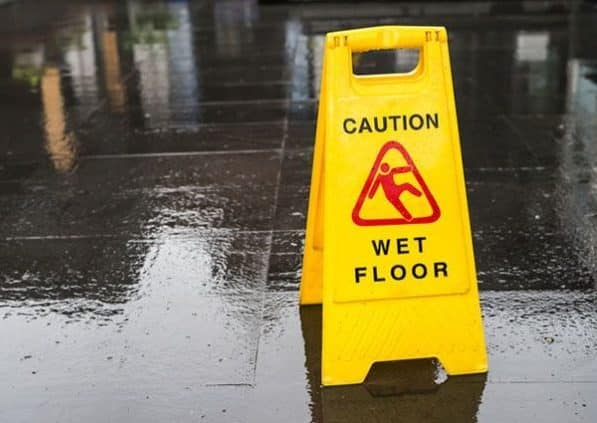
However, the open and obvious doctrine in Nevada isn’t that simple. In Nevada, the defense still has a duty for the safety of others, even if the danger is clear. It’s up to the jury to weigh the actions of all parties involved in order to decide if the defendant acted reasonably under all the circumstances. Whether the defense did enough for the safety of others is a question of fact. The ultimate question is whether the landowner should have anticipated and prevented the harm despite the danger being readily apparent.
Legal Expert Tip: When a lower court rules in favor of the defense using an open and obvious defense, it may be viable to appeal the matter to a higher court. Pursuing an appeal is always a complex decision that should be made considering all factors and with the guidance of your personal injury attorney.
Strategies for Overcoming the Open and Obvious Doctrine
Here are some defense strategies for overcoming the open and obvious doctrine:
1. The danger was not open and obvious.
Although the defense may claim that the danger was open and obvious, it’s up to the jury to decide. A victim may counter that the danger was not open and obvious. By carefully showing the facts to the jury, the victim can dispute that it was reasonable to expect the victim to avoid the danger.
Legal Expert Tip: Legal practitioner should always be prepared for deposition and testimony questions that ask the victim to engage in hypotheticals of how they might have acted differently and noticed the danger. Our attorneys are prepared to counter this argument by discussing how the law requires the victim to do only what is reasonable, not what is possible in hindsight. Also, it may be appropriate to raise a speculation objection to this line of questioning.
2. Despite being open and obvious, the defendant still breached the duty of care relative to the danger.
In many jurisdictions, including Nevada, the defendant still has a duty of care despite a danger being open and obvious. In Foster v. Costco Wholesale Corporation, the Supreme Court of Nevada stated that the open and obvious doctrine doesn’t automatically relieve a property owner from the duty of care. The landowner should still identify potential harm and take steps to protect others. Identifying this nuance in the law and being sure the law is presented in its entirety can be a viable response to the open and obvious doctrine.
3. Comparative negligence still makes the defendant liable for the victim’s injuries.
Even if the open and obvious doctrine applies, and even if the defense raises the issue, comparative negligence may still be a factor. In many jurisdictions, the open and obvious doctrine is a question of comparative negligence. Even if the victim could have and should have avoided the danger, their actions may only reduce, and not bar, their financial recovery. An open and obvious defense may not be an all-or-nothing assertion. If it’s appropriate, raising the question of comparative negligence can help victims recover for their injuries.
4. The defendant did not plead the defense properly.
In all civil proceedings, proper pleadings are critical to fair litigation. Many jurisdictions see the open and obvious doctrine as an affirmative defense; therefore, it must be pleaded as an affirmative defense in reply to the complaint. As a victim’s attorney, it’s essential to understand the role that civil procedure rules may play in pursuing the case. If the defense hasn’t pleaded an affirmative defense adequately, it may be appropriate to make a motion to exclude the issue. Filing proper motions allows you to ensure that the trial is fair for your client and free of surprises.
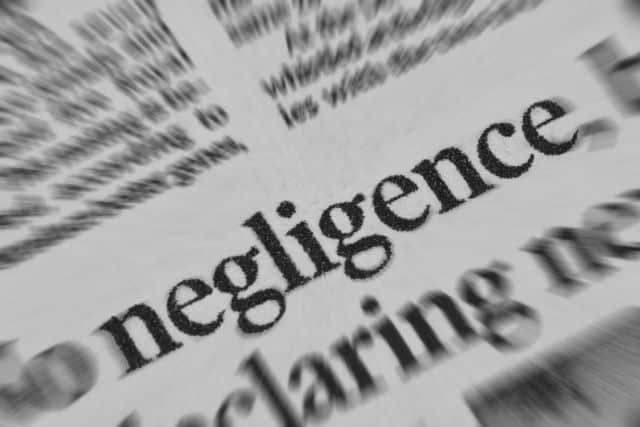
5. Asking for jury instructions.
In addition to pleadings, jury instructions are important as well. The defense may wish to have the court read a jury instruction about the open and obvious doctrine. However, in jurisdictions where the open and obvious doctrine is not a complete bar to recovery, like Nevada, it may also be appropriate to instruct the jury on the limitations of the open and obvious doctrine.
A comparative negligence instruction may be appropriate, too. The jury needs to have the right tools, in the form of jury instructions, to make the correct decision in the case. Be prepared to ask for jury instructions at the appropriate time. Remember to preserve issues that may be viable to appeal.
Attorneys for Open and Obvious Doctrine Cases
Do you have a personal injury case that involves the open and obvious doctrine? Are you the victim of a personal injury accident? Our law firm represents accident victims, and we’re prepared to handle complex issues, including cases that involve the open and obvious doctrine. Call us today for your free consultation.
Adam S. Kutner reviews and testimonials
“I needed an attorney because I couldn’t deal with the accident on my own, so I needed someone else’s opinion about my accident.
Well I heard about Adam Kutner through an associate of mine and I chose to seek him because I heard of him before also, so I thought he would be the best option for me.
I was very happy with my settlement and it came quicker than I thought, in just a couple months I received a check in the mail.
When I recommend Adam Kutner I would tell them that the settlement comes very quickly, and he is very helpful with transportation and whatever else you may need.”
– Deborah Banks. 5/5 Stars
START YOUR FREE CONSULTATION
NO FEES UNLESS WE WIN!
SE HABLA ESPAÑOL
Call Now! Free Consultation!

Adam S. Kutner
PERSONAL INJURY LAWYER
With more than 33 years of experience fighting for victims of personal injury in the Las Vegas Valley, attorney Adam S. Kutner knows his way around the Nevada court system and how to get clients their settlement promptly and trouble-free.

